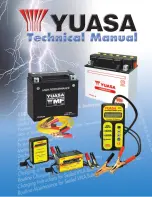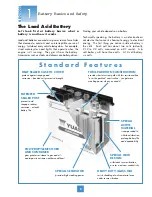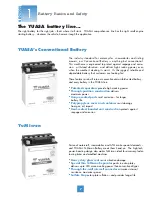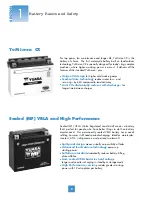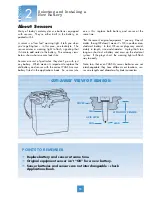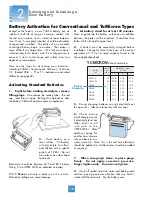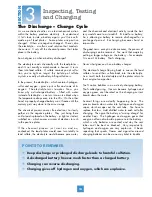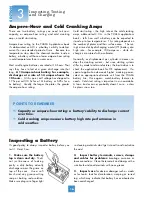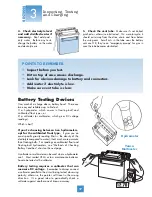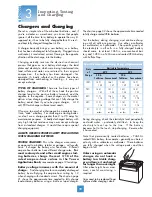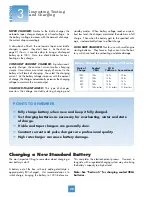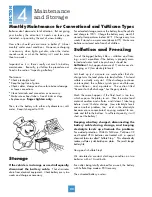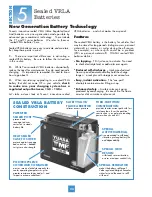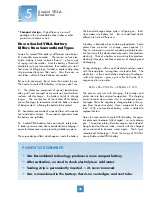
About Sensors
Many of today’s motorcycles use batteries equipped
with sensors. They’re either built in the battery, or
packed with it.
A sensor is a “low fuel” warning light. It tells you when
you’re getting low – in this case, on electrolyte. The
sensor causes a warning light to flash, signaling that
it’s time to add water to the battery. The cutaway views
below show what a sensor looks like.
Sensors are sort of particular: they don’t go with just
any battery. Which means it’s important to replace the
old battery and sensor with the correct YUASA sensor
battery listed in the applications book. So, sensor rule
one is this: replace both battery and sensor at the
same time.
“But the sensor’s original equipment,” you say. Doesn’t
matter. Being OE doesn’t mean it ‘s OK in another man-
ufacturer’s battery. In fact, OE sensor plugs vary consid-
erably in length, size and diameter. A plug that’s too
long can short out a battery and mess up the electrical
system. If the plug’s short, the warning light will flash
way too early.
Note, too, that even YUASA’s sensor batteries are not
interchangeable; they have different vent locations, sen-
sor wire lengths and diameter of cylinder connectors.
POINTS TO REMEMBER
❐
Replace battery and sensor at same time.
❐
Original equipment sensor isn’t “OK” for a new battery.
❐
Sensor batteries and sensors are not interchangeable – check
Applications Book.
COVER
MAX
MIN
ACID LEVEL
LEAD
CUT-AWAY VIEW OF SENSOR
LENGTH OF SENSOR
11
2
SECTION
Selecting and Installing a
New Battery
Summary of Contents for SmartShot Automatic 12V 1.5 Amp 5 Stage
Page 1: ......

